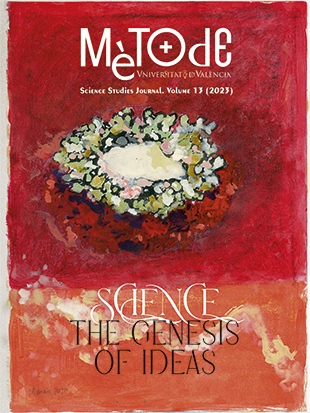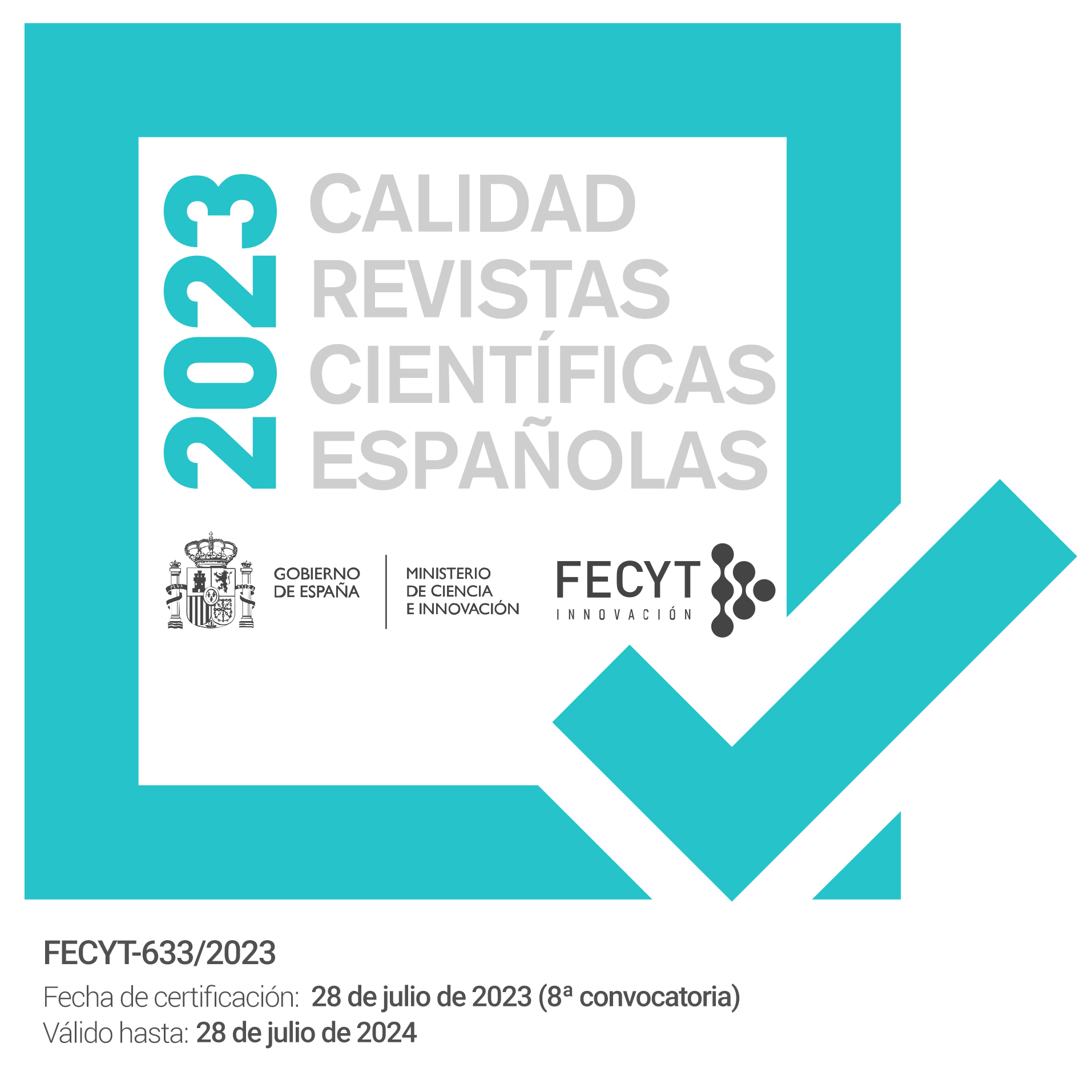Latin American drylands: Challenges and opportunities for sustainable development
DOI:
https://doi.org/10.7203/metode.13.21458Keywords:
drylands, Latin America, water, sustainable development, environmental justice, desertification Abstract
Abstract
The drylands of Latin America sustain their countries’ economies. However, governance and economic models focused on exports and the short term have resulted in environmental injustice, unsustainable development, and the promotion of desertification. Addressing development challenges in water-limited ecosystems requires a thorough understanding of their complex socio-environmental interactions. In this document, we examine two of the most important economic activities in Latin American drylands: agriculture and mining. We use representative cases from Argentina, Bolivia, Chile, and Mexico to illustrate the complexity of socio-environmental interactions in which climate change affects the availability of water resources and results in power struggles. We also discuss how the approach to ecosystem services and transdisciplinary research can result in development models that benefit and protect ancestral communities and the ecosystems that make these territories unique.
 Downloads
Downloads
 References
References
Aitken, D., Rivera, D., Godoy-Faúndez, A., & Holzapfel, E. (2016). Water scarcity and the impact of the mining and agricultural sectors in Chile. Sustainability, 2(8), 128. https://doi.org/10.3390/su8020128
Albrecht, T. R., Varady, R. G., Zuniga-Teran, A., Gerlak, A. K., Routson De Grenade, R., Lutz-Ley, A., Martín, F., Megdal, S. B., Meza, F., Ocampo Melgar, D., Pineda, N., Rojas, F., Taboada, R., & Willems, B. (2018). Unraveling transboundary water security in the arid Americas. Water International, 43(8), 1075–1113. https://doi.org/10.1080/02508060.2018.1541583
Barría, P., Sandoval, I. B., Guzman, C., Chadwick, C., Alvarez-Garreton, C., Díaz-Vasconcellos, R., Ocampo-Melgar, A., & Fuster, R. (2021). Water allocation under climate change: A diagnosis of the Chilean system. Elementa: Science of the Anthropocene, 9(1), 00131. https://doi.org/10.1525/elementa.2020.00131
Barzola-Elizagaray, P., & Engelman, A. (2020). La vitivinicultura en Mendoza desde 1990: Entre la globalización y el desarrollo regional. Íconos. Revista de Ciencias Sociales, 66, 191–212. https://doi.org/10.17141/iconos.66.2020.3890
Bauer, C. J. (2004). Siren song: Chilean water law as a model for international reform. Routledge. https://doi.org/10.4324/9781936331062
Bebbington, D. H. (2013). Extraction, inequality and indigenous peoples: Insights from Bolivia. Environmental Science & Policy, 33, 438–446. https://doi.org/10.1016/j.envsci.2012.07.027
Blair, J. (2021). Extractivismo del litio y el problema de la escala: Acción climática global y justicia ambiental local. In R. Morales (Ed.), Salares andinos: Ecología de saberes por la protección de nuestros salares y humedales. Tanti.
Carrasco, A. (2016). A biography of water in Atacama, Chile: Two indigenous community responses to the extractive encroachments of mining. The Journal of Latin American and Caribbean Anthropology, 21(1), 130–150. https://doi.org/10.1111/jlca.12175
Cerda, C., Fuentes, J. P., De La Maza, C. L., Louit, C., & Araos, A. (2018). Assessing visitors’ preferences for ecosystem features in a desert biodiversity hotspot. Environmental Conservation, 45(1), 75–82. https://doi.org/10.1017/S0376892917000200
Díaz-Caravantes, R. E., Duarte Tagles, H., & Durazo- Gálvez, F. M. (2016). Amenazas para la salud en el río Sonora: Análisis exploratorio de la calidad del agua reportada en la base de datos oficial de México. Revista de la Universidad Industrial de Santander. Salud, 48(1), 91–96. https://doi.org/10.18273/revsal.v48n1-2016010
Donoso, G., Blanco, E., Franco, G., & Lira, J. (2016). Water footprints and irrigated agricultural sustainability: The case of Chile. International Journal of Water Resources Development, 32(5), 738–748. https://doi.org/10.1080/07900627.2015.1070710
Garreaud, R. D., Boisier, J. P., Rondanelli, R., Montecinos, A., Sepúlveda, H. H., & Veloso-Aguila, D. (2020). The central Chile mega drought (2010-2018): A climate dynamics perspective. International Journal of Climatology, 40(1), 421–439. https://doi.org/10.1002/joc.6219
Goirán, S. B., Aranibar, J. N., & Gomez, M. L. (2012). Heterogeneous spatial distribution of traditional livestock settlements and their effects on vegetation cover in arid groundwater coupled ecosystems in the Monte Desert (Argentina). Journal of Arid Environments, 87, 188–197. https://doi.org/10.1016/j.jaridenv.2012.07.011
INEGI. (2018). Minería. Instituto Nacional de Estadística, Geografía e Informática. https://www.inegi.org.mx/temas/mineria/
Kitroeff, N. (2020, 16 October). «Es una guerra»: La lucha por el agua estalla en la frontera de México. The New York Times. https://www.nytimes.com/es/2020/10/14/espanol/america-latina/chihuahua-mexico-pago-agua.html
Lutz Ley, A. N. (2020). Minería y seguridad hídrica en el noroeste de México: Un análisis de doble exposición. Región y Sociedad, 32, e1295. https://doi.org/10.22198/rys2020/32/1295
Lutz Ley, A. N., Lee, R. H., Peralta, Y., & Scott, C. A. (2018). Food and water security in North America’s transboundary Sonoran desert: A water-exporting dryland. In T. Allan, B. Bromwich, M. Keulertz, & A. Colman (Eds.), The Oxford handbook of food, water and society (pp. 344–362). Oxford University Press. https://doi.org/10.1093/oxfordhb/9780190669799.001.0001
Mata, C., Malo, J. E., Galaz, J. L., Cadorzo, C., & Lagunas, H. (2016). A three-step approach to minimise the impact of a mining site on vicuña (Vicugna vicugna) and to restore landscape connectivity. Environmental Science and Pollution Research, 23(14), 13626–13636. https://doi.org/10.1007/s11356-016-7047-9
Moffat, K., Boughen, N., Zhang, A., Lacey, J., Fleming, D., & Uribe, K. (2014). Percepciones chilenas hacia la minería: Encuesta a la ciudadanía – Resultados 2014. EP 147205. CSIRO.
Montaña, E., Torres, L. M., Abraham, E. M., Torres, E., & Pastor, G. (2005). Los espacios invisibles. Subordinación, marginalidad y exclusión de los territorios no irrigados en las tierras secas de Mendoza, Argentina. Región y Sociedad, 17(32), 3–32. https://doi.org/10.22198/rys.2005.32.a598
Ocampo-Melgar, A., Sagaris, L., & Gironás, J. (2019). Experiences of voluntary early participation in environmental impact assessments in Chilean mining. Environmental Impact Assessment Review, 74, 43–53. https://doi.org/10.1016/j.eiar.2018.09.004
Oyarzún, J., & Oyarzún, R. (2011). Sustainable development threats, inter-sector conflicts and environmental policy requirements in the arid, mining rich, northern Chile territory. Sustainable Development, 19(4), 263–274. https://doi.org/10.1002/sd.441
Parada, M., González, A., Rojas, C., & Vita, A. (2018). Caracterización del uso actual de la rica-rica (Acantholippia deserticola Phil. Moldenke) y recomendaciones para su manejo sustentable, en la Comuna de San Pedro de Atacama, Región de Antofagasta. Corporación Nacional Forestal, Región de Antofagasta. Facultad de Ciencias Forestales y de la Conservación de la Naturaleza, Universidad de Chile.
Perrault, T. (2014). Participación y poder: La consulta previa y sus descontentos en el sector minero de Bolivia. In B. Göbel & A. Ulloa (Eds.), Extractivismo minero en Colombia y América Latina (pp. 107–136). Universidad Nacional de Colombia.
Varady, R. G., Albrecht, T. R., Staddon, C., Gerlak, A. K., & Zuniga-Teran, A. A. (2021). The water security discourse and its main actors. In J. J. Bogardi, K. D. Wasantha Nandalai, R. R. P. van Nooyen, & A. Bhaduri (Eds.), Handbook of water resources management: Discourses, concepts and examples (pp. 215–252). Springer. https://doi.org/10.1007/978-3-030-60147-8_8
Vita, A., Serra, M. T., Carmona, R., & Urbina, C. (2006). Estudio etnobotánico y jurídico de hierbas nativas de la comuna de San Pedro de Atacama. (Unpublished report). Universidad de Chile, Facultad de Ciencias Forestales, Facultad de Derecho.
Zuniga-Teran, A. A., Mussetta, P. C., Lutz Ley, A. N., Díaz-Caravantes, R. E., & Gerlak, A. K. (2021). Analyzing water policy impacts on vulnerability: Cases across the rural-urban continuum in the arid Americas. Environmental Development, 38, 100552. https://doi.org/10.1016/j.envdev.2020.100552
Downloads
Published
How to Cite
-
Abstract1588
-
PDF708
Issue
Section
License
All the documents in the OJS platform are open access and property of their respective authors.
Authors publishing in the journal agree to the following terms:
- Authors keep the rights and guarantee Metode Science Studies Journal the right to be the first publication of the document, licensed under a Creative Commons Attribution-NonCommercial-NoDerivatives 4.0 International License that allows others to share the work with an acknowledgement of authorship and publication in the journal.
- Authors are allowed and encouraged to spread their work through electronic means using personal or institutional websites (institutional open archives, personal websites or professional and academic networks profiles) once the text has been published.





